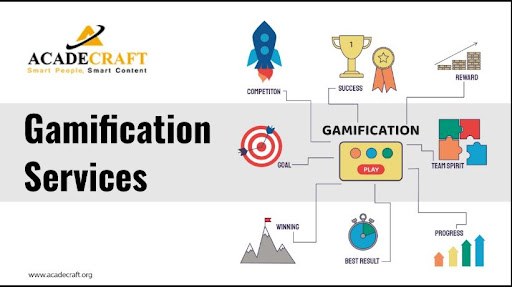Instructional design services: 4 Popular Instructional design models ensuring L&D success
Today, in corporate training, the term instructional designing is very popular amongst employers. It is the set of specific instructions related to a specific theory or module. Instructional design (ID) meets the learning/training goals of clients. Clients who lack in ensuring L&D success, opt for instructional designing. However, beyond expertise, some certain tools and models need to be integrated into the employee training. Most of the eLearning companies offer instructional design services and integrate these ID models to define the L&D success.
Different ID models to ensure L&D
success
1. The
ADDIE Model
During the 1970s, the US Army designed the ADDIE model. The respective acronym stands for Analyze, Design, Develop, Implement, and Evaluate. The ADDIE model helps instructional design professionals to handle eLearning projects in different stages. Also, it tackles the L&D process of learning programs rather than managing learning behavior. When clients want to delve into learning objectives and receive the desired outcome to develop personalized learning resources, they opt for this ADDIE model. Therefore, they avail of professional instructional design services to meet the learning and training objectives and train learners.
2. The
SAM Model
In the SAM (Successive Approximation Model) model, instructional designers are allowed to transform and refine the content by making small changes. Moreover, it is a simplified version of the ADDIE model where clients can gather information in the initial stage of the preparation phase of the learning modules. Because of the SAM model, clients easily make rapid changes as they proceed further in the eLearning process. However, not all organizations have adequate expertise and human resources to follow this ID model. Hence, they avail of instructional design services from professional vendors to develop high-quality training programs.
3. Merrill’s
principles of instruction
Merrill’s principles of instruction are one of the recent ID models that clients use in the training. In 2002, the model was originated that revolves around five principles. Here, we mentioned the names of those five principles.
1. Task-centered principle
2. Activation principle
3. Demonstration principle
4. Application principle
5. Integration principle
In this model, learners are gradually exposed to sophisticated ideas and learners’ progress. One of the benefits of this instructional design model is that it focuses on real-world issues and challenges. Thus, clients connect with professional instructional design services allows practitioners to relate directly to relevant content and helps to establish better understanding and information retention.
4. Gagne’s
nine events of instruction
Back in 1965, Gagne’s nine events of instruction were introduced and are still popular ID models to date. The model address challenges that the L&D team faces during the eLearning development. The term nine events include the following events:
- 1. Grabbing the attention of learners
- 2. Inform learners of the objectives
- 3. Stimulate recall of prior learning
- 4. Present the content
- 5. Provide learner guidance
- 6. Obtain performance
- 7. Providing feedback
- 8. Assessment of the performance
- 9. Improve retention and transfer to the job
Clients who only have theoretical knowledge and unable to follow this popular ID model, avail themselves of instructional design services. Mostly, it is used as to framework for the L&D process.


Comments
Post a Comment